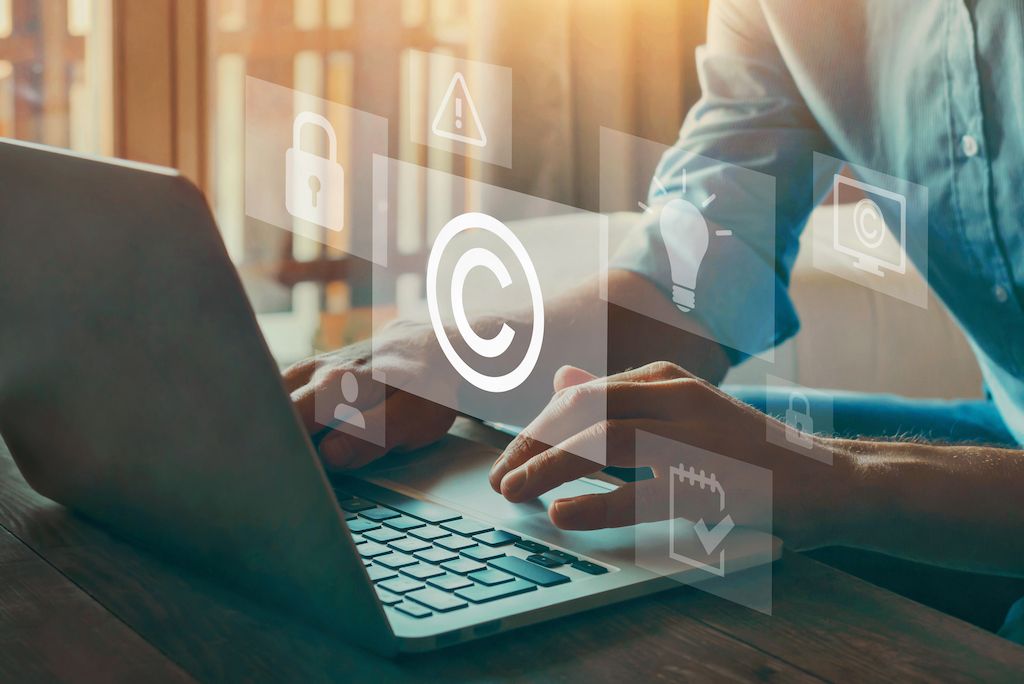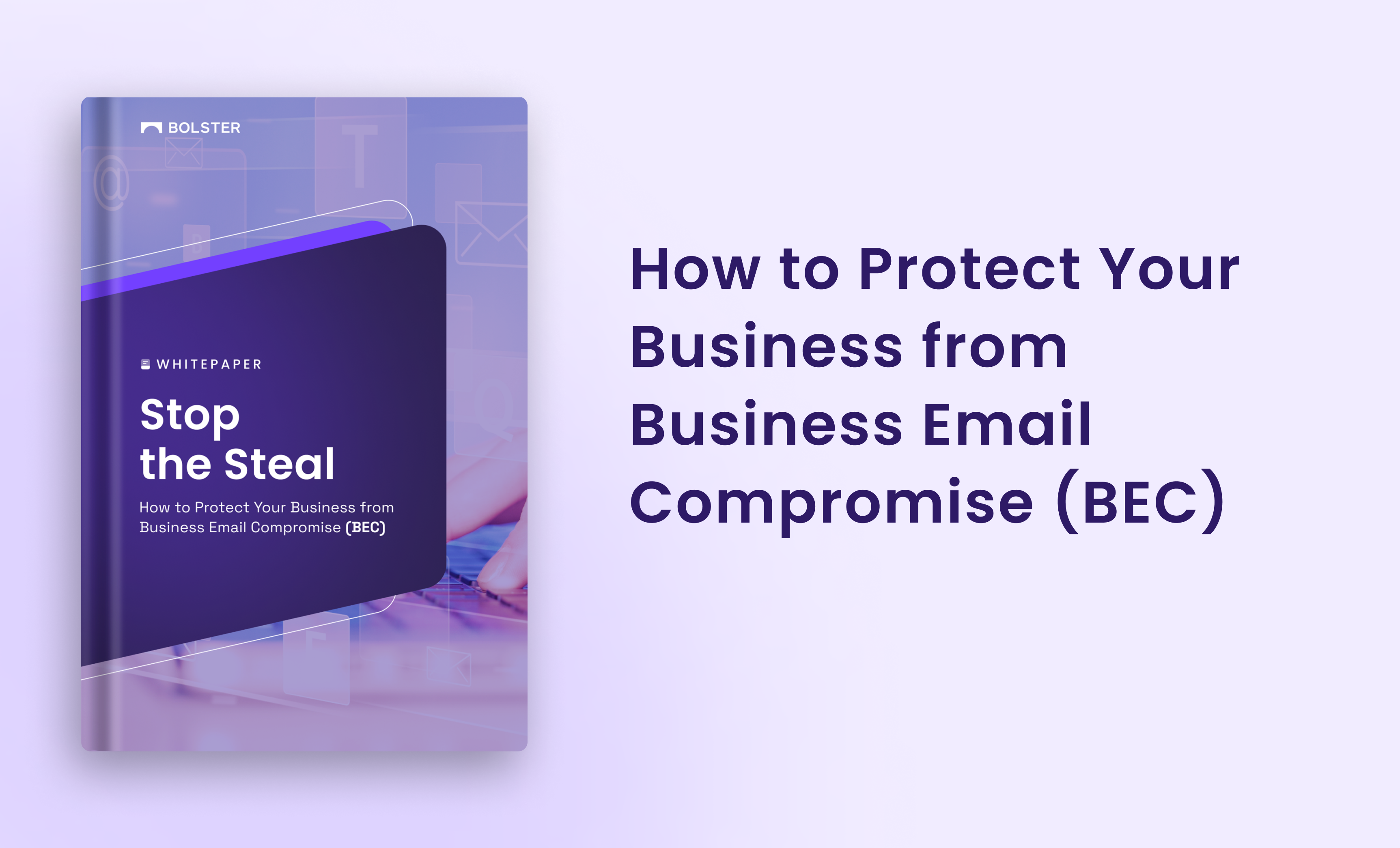The Internet was first introduced as a communication medium for government research laboratories. But it didn’t take long for it to boom into a globalized platform that connected millions of people. In 1998, just before the Digital Millennium Copyright Act was enacted, almost 150 million people, or 3.6% of the global population, were online.
It also didn’t take long for some of the negative impacts of the internet to become apparent. At first, users could freely download music, movies, and other art forms off the internet without attributing the work or paying the creators royalties. The impending globalization of the internet required new rules that could enforce action across borders.
The US signed two treaties, namely the WCT and the WPPT, in 1996 to afford more protection to international copyright holders while taking cognizance of the technological complications involved in providing security. These treaties laid the foundation for DMCA.
What is the Digital Millennium Copyright Act (DMCA)?
The Digital Millennium Copyright Act was a measure to amend the existing copyright laws and make them more compatible with the evolving digital age. Legislators, consumer advocates, and media companies got together to design a formal, law-backed approach to protect copyright holders from the illegal distribution of their materials.
The DMCA combined four bills to create a secure canopy of solid copyright laws. According to the US Copyright Office, the DMCA introduced three notable updates:
- Establishing protections for online service providers in certain situations if their users engage in copyright infringement, including creating the notice-and-takedown system which allows copyright owners to inform online service providers about infringing material so it can be taken down.
- Encouraging copyright owners to give greater access to their works in digital formats by providing them with legal protections against unauthorized access to their works.
- Making it unlawful to provide false copyright management information or to remove or alter that type of information in certain circumstances.
While the changes to the copyright laws were a big win for many, others pointed out that the DMCA was overprotective and could limit the ability of consumers to use the digital products they purchase.
The Online Copyright Infringement Liability Limitation Act was added to the DMCA to contain the monetary liability of the online service providers in case of infringement. The addition defined four distinct safe harbors for service providers: if they were met, they were not liable to pay any monetary damages for infringement.
What is a DMCA takedown notice?
The takedown notice forms the crux of the DMCA, making justice easily accessible to all creators, not just large media companies.
The notice is a formal declaration of infringement and official notification to the fraudulent website creator. On receipt of the notice, the ISP, search engine, or web host will inform the website creator of the infringement. The website owner must then remove the disputed content within the allotted time frame. Failure to abide by the notice can force the ISP to remove it forcibly.
Learn More: Copyright Examples & Lessons to Learn From
Usually, these takedowns are fast if the infringing content is hosted on a website domain. It can take a few days to get resolved on social media platforms. The entire process can end up lasting months due to a delay in search engine capabilities based on the massive number of daily takedown requests.
What steps should you take to file a DMCA takedown request?
There are multiple ways you can process a DMCA takedown request. But before you do, you should keep a few points in mind.
- Registering a copyright for your work isn’t necessary for it to be within the ambit of the DMCA. However, many experts recommend registering copyrights to pursue stricter legal recourse in case of non-compliance.
- Check whether your work is covered under the Fair Use section of the DMCA. Most content can be used for transformative purposes as long as it is correctly attributed.
- Before sending an official notice, try contacting the website owner directly. Often, copyrights aren’t mentioned, and people might not know the work belongs to you.
You can file a takedown notice once all the above points have been resolved. Here’s how.
- Many websites have their own DMCA forms to streamline the process. If one isn’t available, you must type it out and send it via an acceptable channel.
- Write a description of the infringing material to make it easy to recognize. Remember to include the exact URL of the disputed content.
- Add the source URL, showing the exact location of where you’re hosting the original content.
- Describe your claim to ownership of the content. Did you create it? Is it copyrighted?
- Remember to include your contact details if the website owner wants to contact you.
- You can also add a claim, under penalty of perjury, that all the information in the notice is correct.
- End the notice with your signature.
Remember to store multiple copies of the notice. It will be helpful if the website owner pursues legal means to counter your notice.
What are the specific requirements for filing a DMCA takedown notice form?
Before filing the takedown notice, ensure you have these three critical pieces of information to fulfill the DMCA takedown process requirements.
- Infringing URL: Once you’ve identified the infringement, you need to take note of the URL or website/webpage link where the stolen content is stored/located. This can be on social media like Facebook or a hosted website.
- Source URL: You’ll also need to share the source of the stolen content. It can be on your social media, blog, or website. If the content has been deleted from its original location, try and get the original URL. You can reference that if the content isn’t hosted online and lifted from your phone or laptop. Another way to do it is to upload the offline content to the cloud and share that URL with an attached explanation.
- Description of ownership: You must prove your claim to the stolen content. How do you own it? Is it copyrighted under your name? Did you create it and have proof of creation? You’ll need to describe how and why you own the material clearly.
How much does it cost to file a DMCA takedown request?
Costs to file a DMCA notice can vary depending on the approach you choose. Many organizations go through certified copyright lawyers who charge hefty hourly fees. On the other hand, you can also take the affordable route by selecting one of these options provided by the DMCA.
- DIY toolkit: The DMCA offers a do-it-yourself toolkit containing all the relevant information and guidance you’ll need to pursue the takedown notice yourself. This toolkit costs $10.
- Full-service takedown program: When you pay for the full-service takedown program, the DMCA conducts the entire operation on your behalf. All you need to do is fill out a form, and the DMCA takes over from there. This service costs $199.
While most takedowns don’t require additional effort, sometimes ISP/OSPs do not follow the conventional DMCA Takedown Policy. This can be due to various reasons, such as having their own copyright infringement claim policy or being located internationally. In such unique cases, takedown costs can increase beyond the DMCA’s pricing guidelines.
How should you respond if you receive a takedown notice?
After the ISP receives the takedown notice, it is obligated to inform you.
Once you’ve received the notice, examine it to ensure it has all the components of a true DMCA notice. Investigate the case to check whether you’ve unknowingly or knowingly published copyrighted material on your site. If so, take it down immediately to avoid further issues. You can even ask your ISP to take it down for you.
But on the other hand, if you disagree with removing the content or believe it is a fraudulent DMCA takedown, you can contest it by filing a counter-notice.
What is a DMCA counter-notice?
A DMCA counter-notice is a measure that enables website owners to dispute the takedown legally. The ISP then gives the contesting party 14 days to file a copyright infringement suit in a court of law. If no suit is filed, the takedown is reversed, and the content is restored to the location from where it was removed.
It is essential to exercise caution while filing a counter-notice as it leaves you open to being sued. But there are several reasons why the disputed content might not be infringement, and it would be fair to file a counter-notice:
- The other party has no legal copyright or ownership claim in place.
- You have a license or legal permit to use the content as you see fit.
- The wrong party has filed the takedown request.
- The content qualifies as fair use and can be proven thus in a court of law.
Much like the DMCA takedown notice, the counter notice should also contain all of the necessary information, including your consent to the jurisdiction of the federal Court in your district.
The need for automation
The DMCA is a robust set of laws that have made it much safer for content creators to share their work with the public. It gives them an easily accessible legal recourse to secure digital creations across any medium or channel. But filing for takedowns each time an infringement occurs can be cumbersome and eat into the precious time your internal team has to work towards other business protection projects.
It can take days, if not months, to remove disputed content. In an age where millions of pieces of content are published daily, organizations require an automated takedown solution that can remove infringing content within seconds.
Bolster is a robust zero-code, AI-powered solution that automates the monitoring, detection, analysis, and remedial takedown of threats across domains, social media, app stores, and the dark web without human intervention. Request a demo today to learn more about Bolster and how it can help you better protect your intellectual property against various threats.










